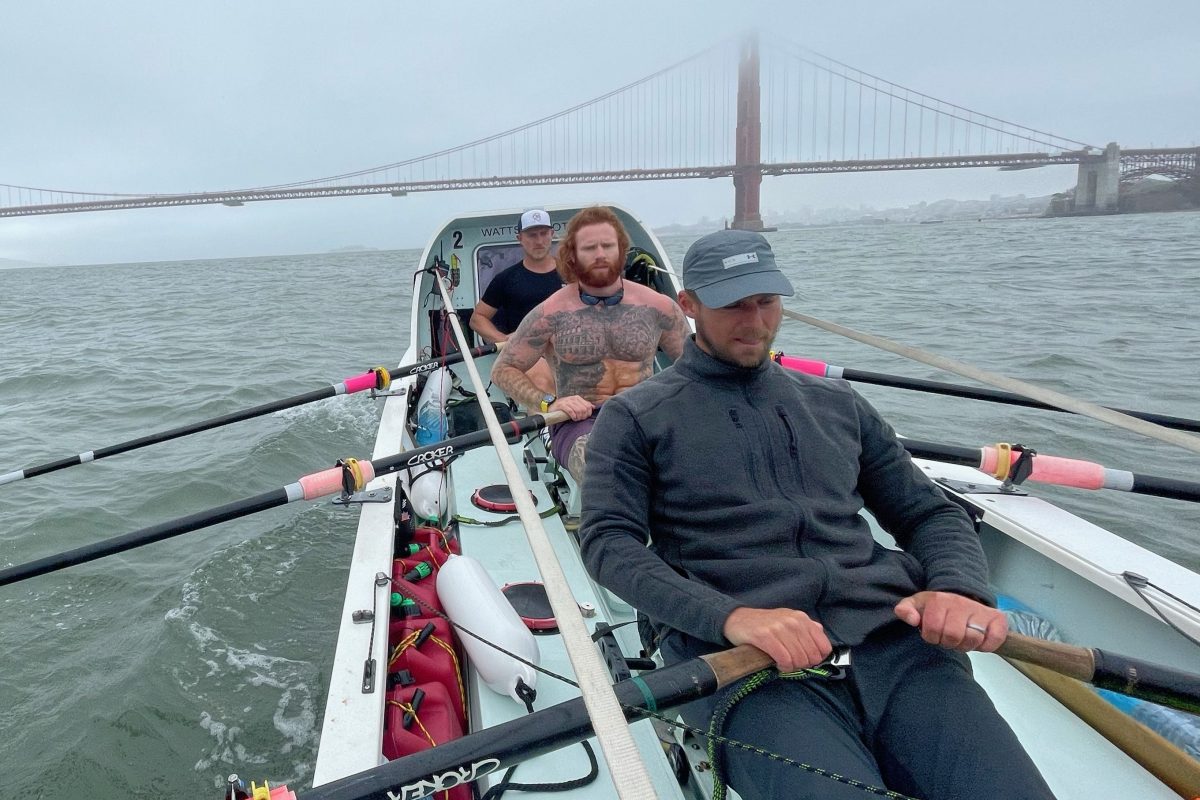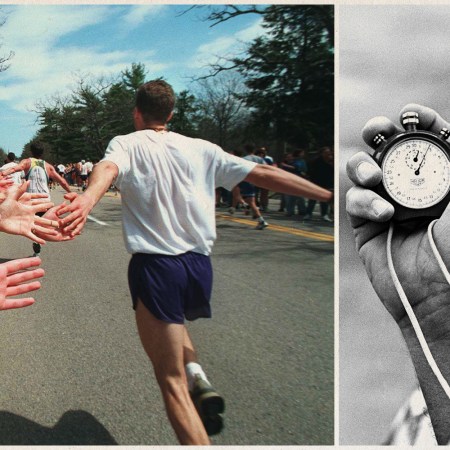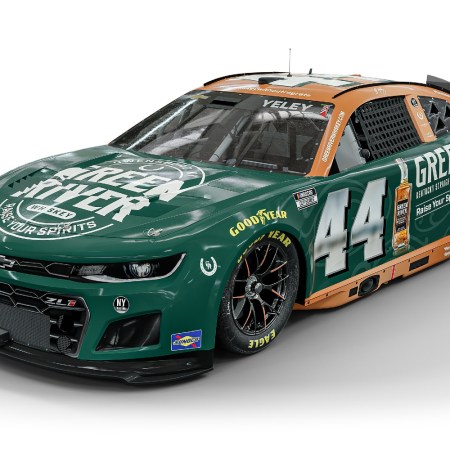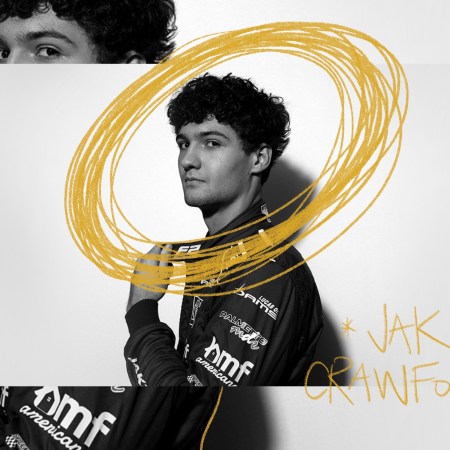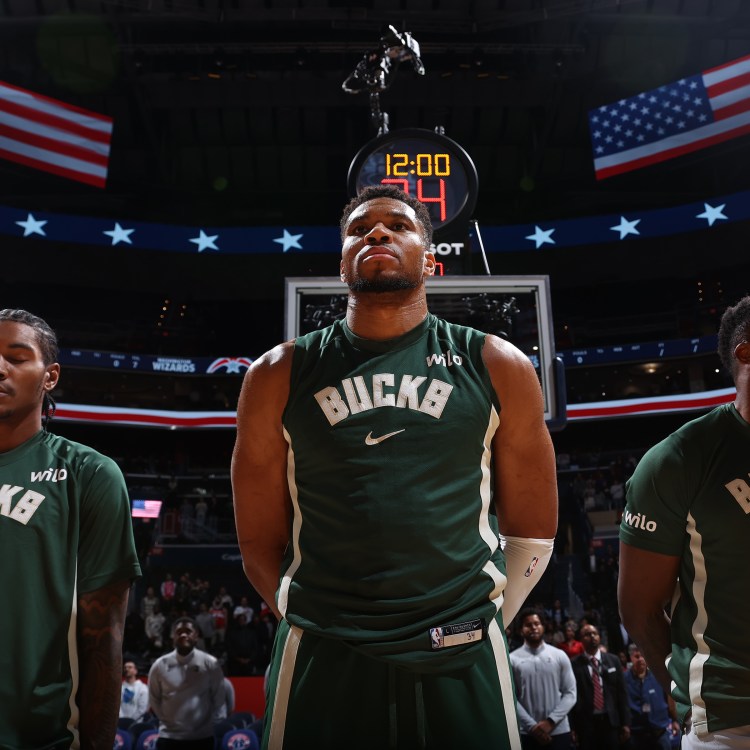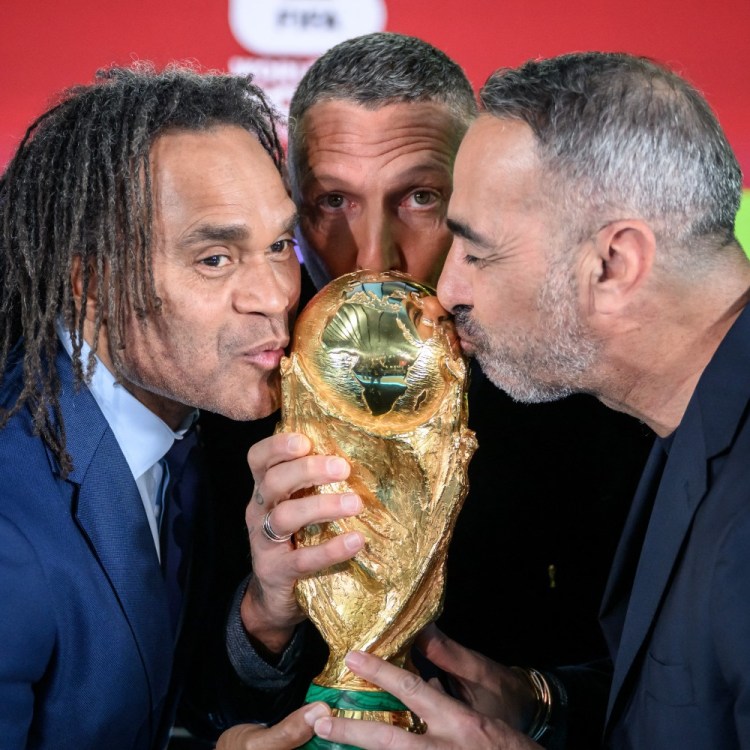On June 29 in Hawaii, Jason Caldwell and the three other members of his four-man Latitude 35 racing team triumphantly rowed into Waikiki Harbor, completing a journey across the Pacific Ocean of more than 2,400 nautical miles that started about a month earlier in San Francisco.
Caldwell and teammates Duncan Roy, Angus Collings and Jordan Shuttleworth had rowed from the shores of San Francisco across the rough ocean waters to Waikiki in 30 days, 7 hours and 30 minutes, breaking the previous record of 39 days, 9 hours and 56 minutes set in 2016 for the fastest unaided, unassisted row across the Pacific Ocean.
The completely self-supported journey, which was done on a 30-foot boat that received no assistance or resupplies along the way, was completed non-stop as Caldwell and his team kept the vessel moving at all times by working in two-man, two-hour shifts.
It was the 11th world record for Caldwell, who also has the Atlantic Ocean row record, and Latitude 35 on land and sea. Here, in his own words, is the adventure-and-endurance athlete explaining how he accomplished the feat.
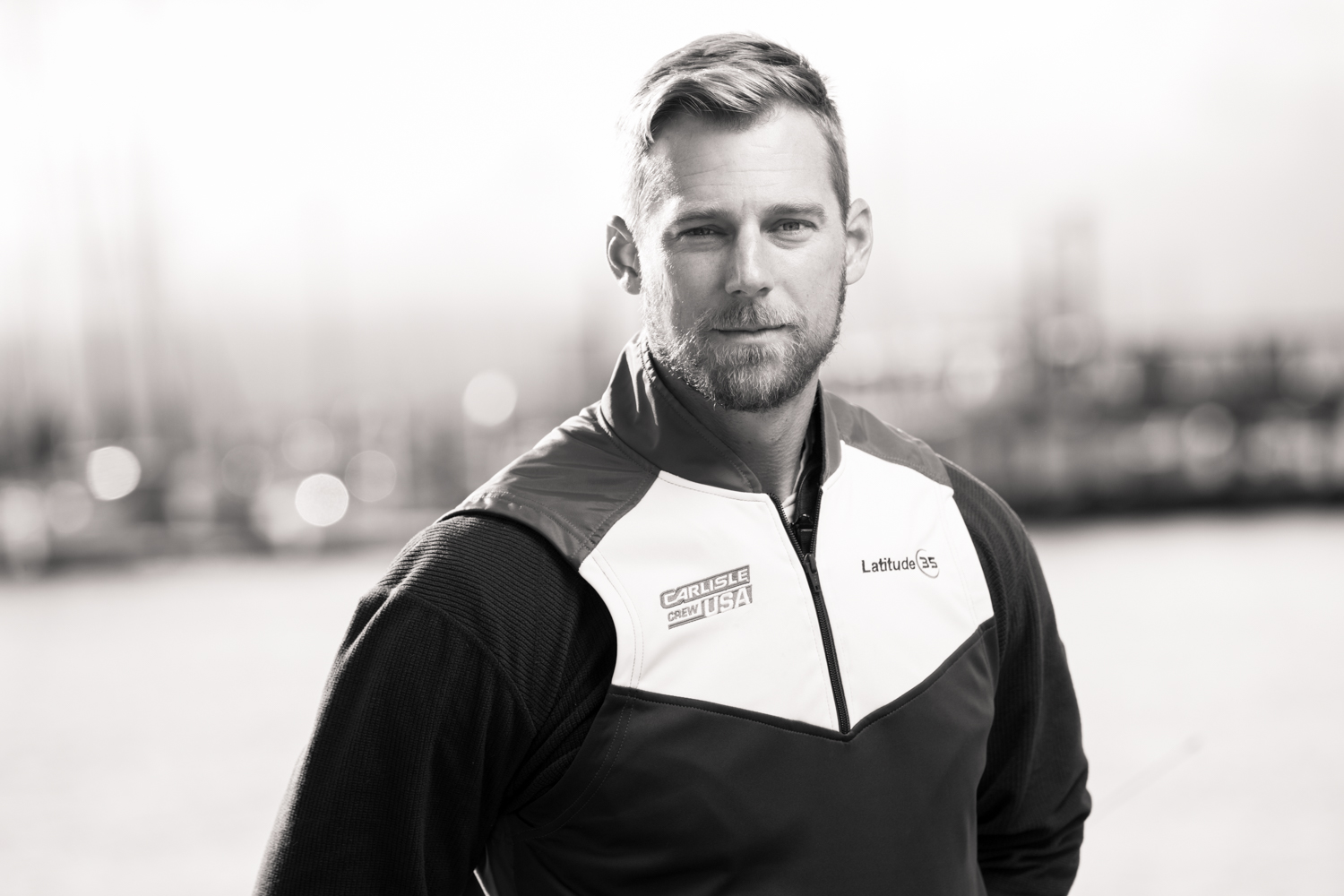
Prior to Departure
I rowed in college, and I rowed for an elite training team post-college in Philadelphia. I’ve rowed across the Atlantic Ocean twice. The second time we broke the world record as the fastest team to row across the Atlantic. Rowing’s certainly in my blood and in my DNA and in my history. Not many people row more than one ocean, so to be able to do both oceans and break world records in both was certainly enticing. I think it was always on the horizon. It was really about picking the right time, building the right team and training that team in the right way. Between myself and my teammates, we had seven ocean crossings combined. We used that experience to help prepare ourselves in a different way than we did, individually, for our Atlantic crossings. But, because my three teammates are British and I was in the States, we didn’t get a whole lot of time to train together. That was rough. Those guys were able to get together a number of times and get in the boat and row together. I was just by myself in San Francisco getting buddies of mine to help me train here. We had a rushed two weeks in May leading up to the row, where we finally got together. That was interesting. It was really about aligning ourselves emotionally and mentally. We’re already big and strong, and we’re capable of doing this physically, but if you get halfway across that ocean and you don’t like the guys that you’re on a 30-foot boat with, you’re going to have some serious problems. Over the years, I’ve learned there’s a difference between the best guys and the right guys. We’re always tempted to just go after the biggest, strongest athletes. I’ve made that mistake. You get halfway through and, yeah, they were big and strong in the first week, but now they’re not big and strong and it’s a mental game. It’s an emotional game. That’s what we’ve learned. That’s why I picked Duncan, Angus and Jordan and, of course, it paid off.
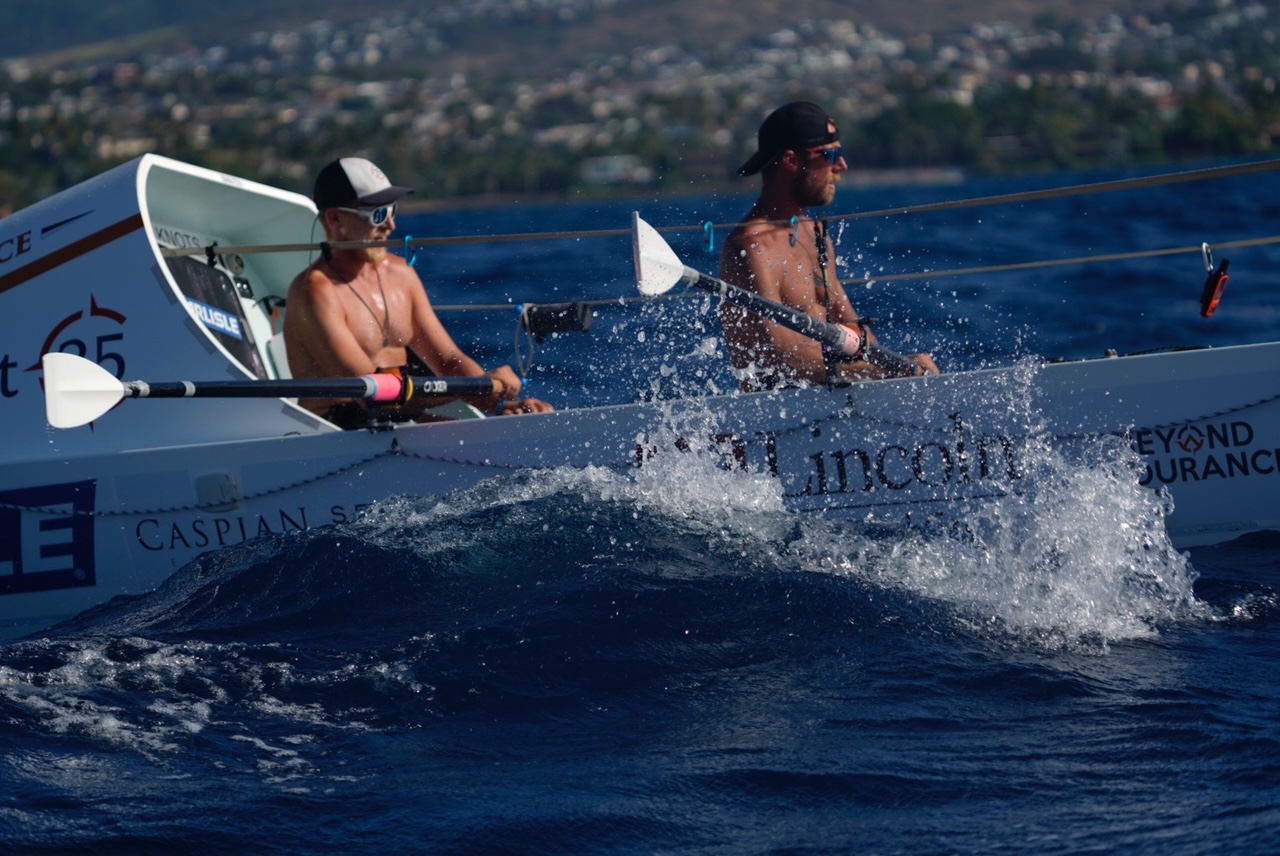
The Layout of the Boat
This boat is 30 feet long and about six feet at its widest. There are three rowing seats on the deck of the boat. There are two very small cabins. On the bow is the larger cabin. Don’t think like a sailboat cabin, think like a coffin. You crawl in and it is about six feet long. Head to toe is all you can fit. You can fit two guys very snugly side by side. That’s it. That’s all you got. The stern cabin is even smaller. It is about a four-foot by four-foot square with a hole underneath the deck of the boat where your feet can slide in so you can actually lie all the way down and get some rest. That’s the captain’s cabin with the GPS, chart plotter, navigation systems, radio and all that stuff. It’s literally just a small hole you crawl into with a watertight hatch door that protects you from the elements so you can get some sleep. Your food is limited by the fact that you’re on a boat with no refrigeration. About 75 percent of our food is literally just high-calorie dehydrated meals you add water to. Hot water or cold water. You’re making your water by desalinating seawater. The other 25 percent you can get creative with, and is things like nuts, jerky, protein bars and candy. Things that are high in calories you can look forward to snacking on. You’re making maybe three to four of those main meals every 24 hours and then the snacks are supplementing that. You’re also making shakes with quick powder you can put into water. You have no vegetables and almost no phytonutrients. Your macros are all over the map. You’re burning 6,000 to 7,000 calories a day and you’re getting, if you can, 4,000 in. You’re massively under calories so you’re losing a ton of weight. The calorie deficit is real and you are hungry. I was eating more out there than I ever would in my daily life, and I lost close to 30 pounds.
Living Life in Two-Hour Shifts
During your two-hour off shifts during the day, it’s not a time you can sleep. It’s either too hot or there are too many things to do. At night, even when you get off on your rowing shift, you’ve still got to eat and take care of your body. On a two-hour break you’re maybe getting an hour-and-a-half of sleep. Our team had a functional medicine doctor and nutritionist, Dr. Ryan Lazarus, who worked with the entire team on things like breathing techniques, resilience training and doing visualizations out there. These are things I would have laughed off and thought were ridiculous in my 20s, but they were major contributors to our team success. You’ve got two hours to recharge your body, so you have to look at what you’re putting in your body, how you’re resting, how quickly you can get into deep sleep and repair and how to manage stress when you’re not rowing. I oftentimes say that the non-rowing hours are harder than the rowing hours. We’re all trained rowers. We row hard. It’s a simple life, right? It’s just oars in, oars out. It’s hard, but it’s simple. When you’re off, there are all kinds of things. Your mind starts running about what needs to be done. The weather starts turning on you. You get in that small cabin and you feel claustrophobic. You’re having trouble sleeping. There are all kinds of things that are running through your head and then all of a sudden you wake up and you can barely lift your head up. You’re so tired, yet in five minutes, your responsibility is to be out there on the oars. You look outside and it’s just pouring down rain. You’re about to go out there and just get pounded by the weather. You think you can’t do it, but you know you will and give it everything you’ve got because you’re more afraid of letting your teammates down than you are of the weather you’re about to battle. Those moments are just soul-crushing. There’s no ripcord to pull. You can’t just quit and all of a sudden be in a hotel bed with your family. How do you manage all that stress, all that fatigue, malnutrition, dehydration, sleep deprivation? Bringing on Dr. Lazarus was a huge game-changer. I would never do an adventure without him at this point.
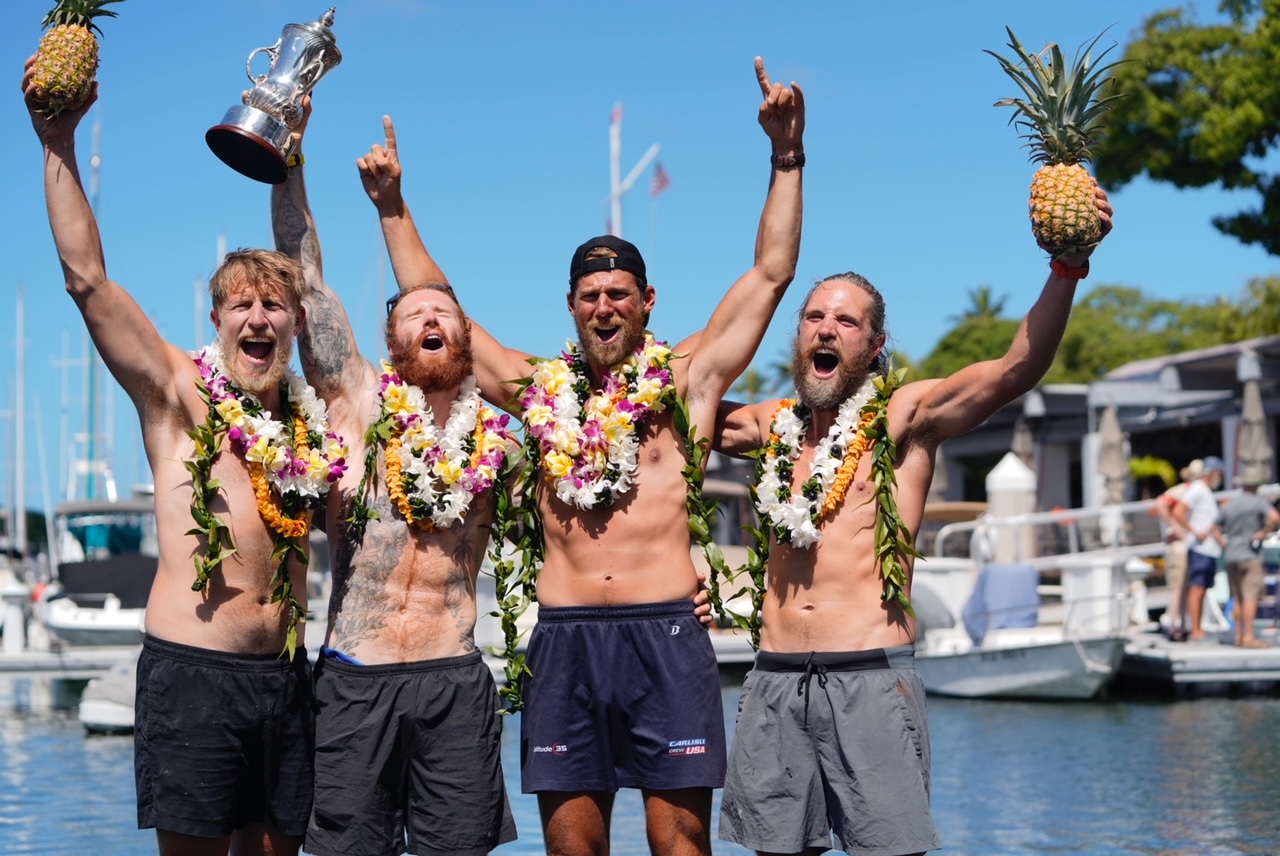
The State of the Water
I think fewer than 50 people have ever successfully rowed across the Pacific. That’s not a lot of people. The Pacific is harder than the Atlantic. It was less consistent, meaning you don’t have consistent winds. We had currents going across us, with us, against us and both headwinds and tailwinds. There were big waves coming into the boat the first week. It was wet. It was cold. It was miserable. The second week was fast, but very scary. We didn’t have a moon. When you’re rowing at night, you can barely see the difference in the horizon between the water and the sky and you’re getting hit by rogue waves coming into the boat. It’s just a very violent ocean. The highs are higher, but the lows are lower. There were all of these ups and downs throughout the entire crossing. One thing we realized is that we were very strong both physically and mentally. Where most teams change direction or maybe even put out the sea anchor and wait for it to pass upon reaching inclement weather, we would go through it. That was both faster and beat us up more. We never once threw out our sea anchor over 30 days. Sometimes it was fast and sometimes it was slow, but we literally made forward progress the entire time. That caused a lot of tendonitis in the hands. Your injuries, your salt sores, your stress fractured ribs, just started to get worse and worse and worse. About halfway through, we were fairly certain we were going to break the world record because we were a week ahead of pace. Unlike sports like baseball, basketball football that have seasons, there is no “We’ll get them next season” type of thing. There are no seasons in ocean rowing. You have one chance and one shot only to go and do what you’re going to do. Whatever you do, you’ve done.
The Arrival
It was 100 percent worth it. You come back and you start to get healthy and get to see your family and your friends. You’re eating good food, drinking good whiskey and putting the weight back on. And you have a world record and no one can take that away from you. You have these experiences with your teammates and with the ocean. Seeing whales, dolphins, sharks and bioluminescence. The stars are so bright you can see the Milky Way every night and the moon rising and the sun setting. It’s just you and three other guys that you get to share it with. No one will really know what it’s like but you. For us, it was about putting together a finish time that, when we got off that water and set foot in Waikiki, we knew we could not have done any better and left it all out there. I’m so proud of this team. Any time we could have thrown out the anchor and gotten a solid eight hours of sleep and lost half a day, we didn’t. We pushed through and we got to Waikiki. That’s the difference between breaking the record by two days and breaking it by nine. I think our record is going to be very, very difficult for anybody to break. That’s what I’m so proud of.
The Charge will help you move better, think clearer and stay in the game longer. Subscribe to our wellness newsletter today.
